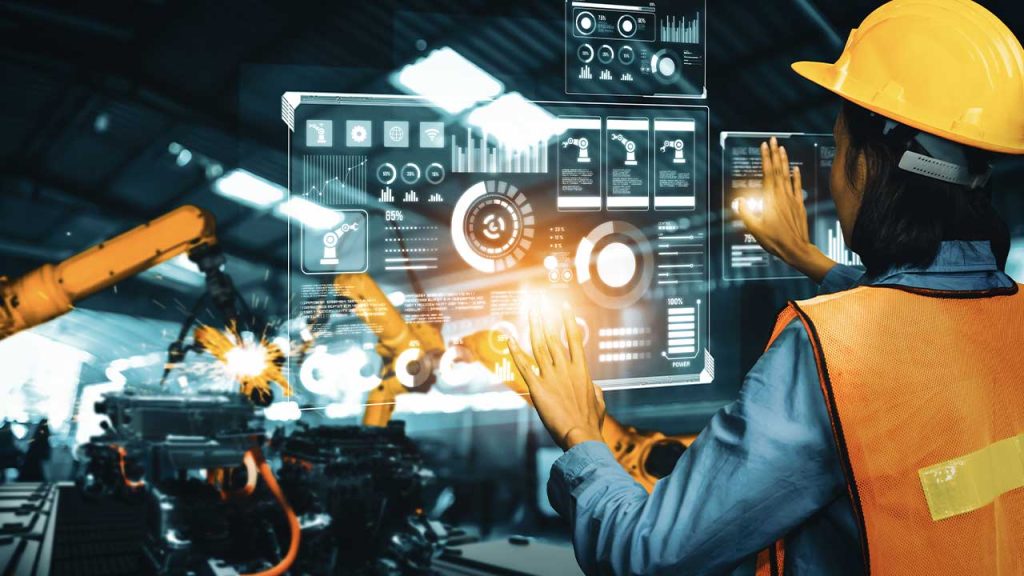Training Machines, Not Just People: A New Approach to Engineering in the IIoT Era
As real-time IIoT platforms gain ground, manufacturers must shift from solving problems manually to designing systems that solve problems autonomously.
Digital transformation isn’t just about plugging in new tools—it’s about changing how work gets done. One of the most powerful, yet under-discussed shifts in manufacturing today is the evolving role of engineers. As IIoT platforms become more capable, the goal is no longer just to troubleshoot equipment—it’s to build systems that learn, adapt, and improve on their own.
From Fixing Problems to Automating Solutions
Traditionally, engineers have been valued for their ability to diagnose and fix problems quickly. But in environments driven by IIoT and real-time data, the focus is moving toward configuring systems that identify issues automatically—and even correct them.
This change in mindset was emphasized during the IIoT World session “The Current State and Capabilities of Real-Time IIoT Platforms.” As Zev Arnold from Accenture explained, engineers must now think like system architects: building workflows, training algorithms, and setting up anomaly detection rules, rather than reacting to every alarm or sensor reading.
Empowering Engineers Through Smart Tools
Instead of relying solely on manual data monitoring, engineers now need platforms that surface relevant insights and enable intervention only when necessary. This new way of working includes:
- Automating equipment checks through condition-based monitoring
- Creating logic that adjusts machine settings based on live sensor data
- Integrating predictive analytics that suggest maintenance actions in advance
With these tools, a single engineer can oversee far more assets—because the system is doing the first round of analysis.
What This Means for the Workforce
This shift isn’t just technical—it’s cultural. Engineers must be retrained to think in terms of data models, contextual triggers, and system learning loops. That can be a challenge for teams used to hands-on troubleshooting, but it also opens the door to new levels of efficiency and career growth.
Organizations that support this shift with the right training, change management, and user-friendly platforms will see the fastest ROI from their IIoT investments.
IIoT as a Force Multiplier
Rather than replacing engineers, IIoT platforms act as a force multiplier—giving experienced professionals the tools to make smarter decisions, faster, and at greater scale. The most successful manufacturers are those who recognize that scaling IIoT isn’t just about connecting devices—it’s about evolving how humans and machines work together.
Source: Insights from the session “The Current State and Capabilities of Real-Time IIoT Platforms,” presented during IIoT World Manufacturing Day & Supply Chain Day 2024.
Related articles:
